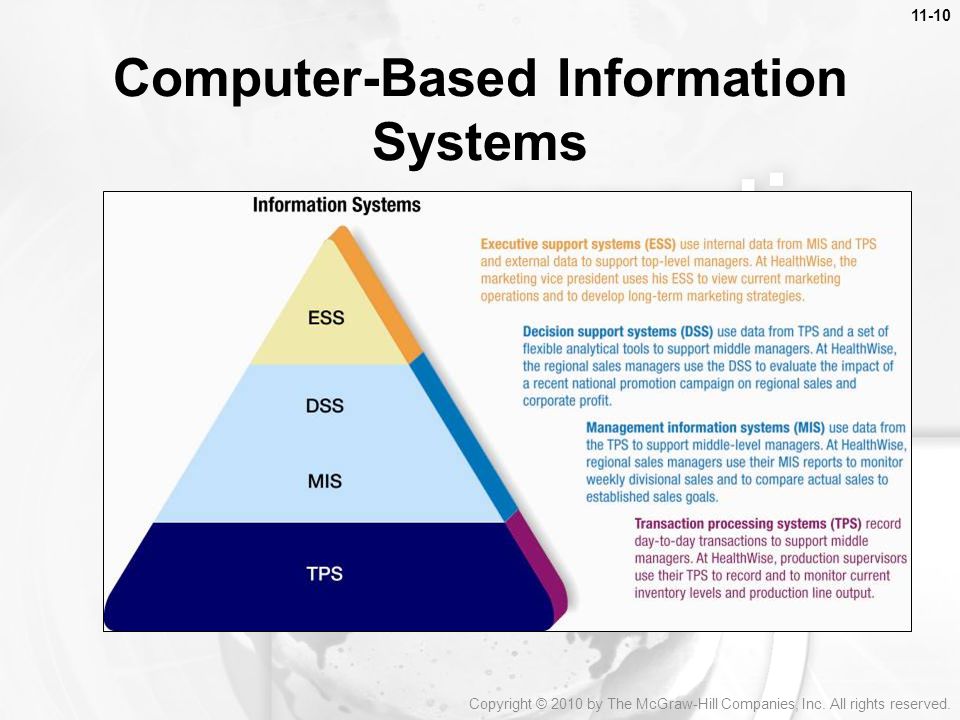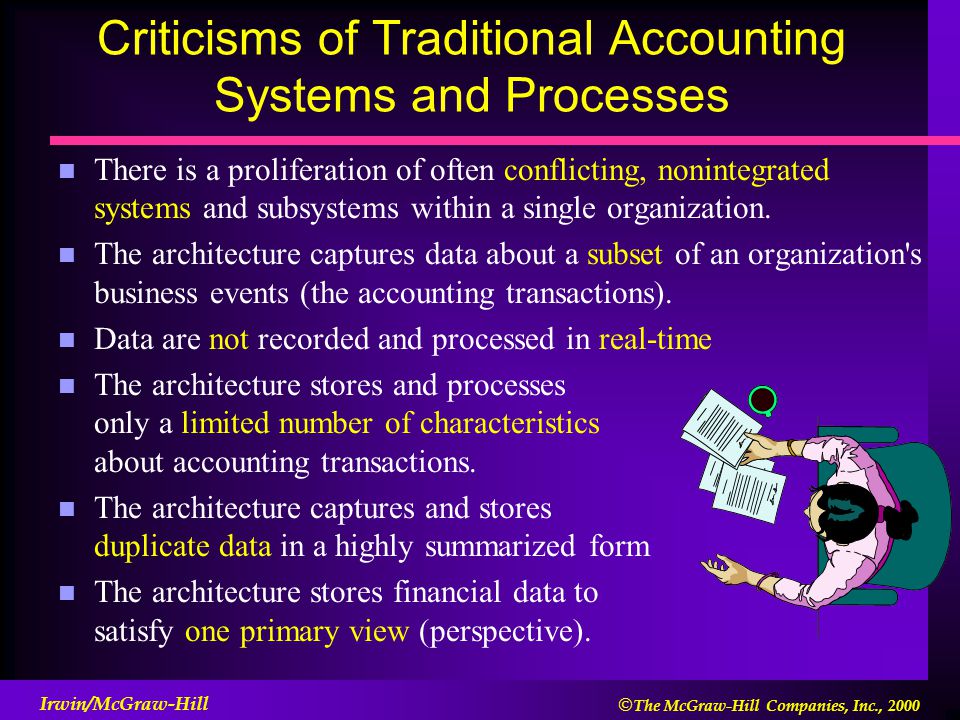Which System Presents Information In A Highly Summarized Form

In an era saturated with information, the ability to quickly grasp key insights is paramount. Various systems and methods compete to offer the most effective and efficient summarization, impacting sectors from news consumption to scientific research.
This article explores the primary contenders in the field of information summarization, examining their approaches and evaluating their strengths in presenting information in a highly condensed format. Ultimately, the most effective system depends on the specific context and the user's needs.
The Rise of Algorithmic Summarization
Automated summarization techniques have gained prominence thanks to advancements in artificial intelligence and natural language processing (NLP). These systems employ algorithms to identify and extract the most relevant information from large bodies of text.
Machine learning, a core component of these systems, enables them to learn patterns and relationships within data, allowing them to generate concise summaries that capture the essence of the original content. This is significant as the volume of digital data continues to explode.
One of the most popular approaches is extractive summarization. Extractive systems work by selecting sentences or phrases directly from the original text, based on factors like frequency of important words, sentence position, and similarity to the overall topic.
Extractive summaries are often favored for their simplicity and accuracy, as they avoid the risk of introducing factual errors. However, they can sometimes lack coherence or flow, as the selected sentences may not fit together seamlessly.
Abstractive summarization, on the other hand, takes a more sophisticated approach. Abstractive systems aim to understand the meaning of the original text and then generate a new summary in their own words.
This method allows for greater flexibility and creativity, but it also carries the risk of introducing inaccuracies or biases. Research in abstractive summarization is rapidly evolving, with models like BERT and GPT showing promising results.
Human Summarization: The Expert's Touch
While algorithms excel at processing large volumes of data, human summarization remains a valuable method, especially when nuance and context are crucial.
Professional editors and abstractors, with their deep understanding of language and subject matter, can create summaries that are both accurate and engaging. They can also incorporate contextual knowledge and critical analysis, adding value that automated systems often lack.
Organizations like Reuters and Associated Press rely on human editors to produce concise news briefs for their subscribers. These briefs are carefully crafted to capture the key facts of a story while also providing background information and context.
Human summarization is also essential in scientific research. Databases like PubMed often include abstracts written by researchers or professional abstractors, which provide concise summaries of published articles.
Infographics and Data Visualization: Summarization Through Visuals
Beyond text-based summaries, infographics and data visualizations offer a powerful way to present information in a highly condensed and accessible format. By using charts, graphs, and other visual elements, these tools can convey complex data in a clear and engaging manner.
Infographics are particularly effective at summarizing complex topics by combining text, images, and data into a cohesive visual narrative. They are widely used in journalism, marketing, and education to explain complex concepts in a simplified way.
Data visualization tools, such as Tableau and Power BI, allow users to explore and analyze data interactively, generating visual summaries that highlight key trends and patterns. These tools are valuable for data analysts and decision-makers who need to quickly extract insights from large datasets.
Comparative Analysis: Which System Reigns Supreme?
There is no single "best" system for presenting information in a highly summarized form. The optimal approach depends on the specific context and the user's needs.
For example, if speed and scalability are paramount, automated summarization techniques may be the most suitable option. If accuracy and nuance are critical, human summarization may be preferred.
Infographics and data visualizations can be particularly effective for conveying complex information in a clear and engaging manner. In many cases, a combination of different methods may be the most effective approach.
Organizations are increasingly adopting a hybrid approach, leveraging the strengths of both automated and human summarization techniques. For instance, news organizations may use algorithms to generate initial drafts of summaries, which are then reviewed and refined by human editors.
The Future of Information Summarization
The field of information summarization is constantly evolving, driven by advancements in artificial intelligence and the growing demand for efficient information access.
Future systems are likely to incorporate even more sophisticated NLP techniques, enabling them to generate summaries that are more accurate, coherent, and informative. They may also be able to personalize summaries based on individual user preferences and interests.
The continued development of these systems will have a profound impact on how we consume and process information, enabling us to stay informed and make better decisions in an increasingly complex world.






.jpg)

+Unstructured..jpg)


.jpg)
.jpg)


:.jpg)
.jpg)
+Types+of+Reports+Periodic.jpg)
